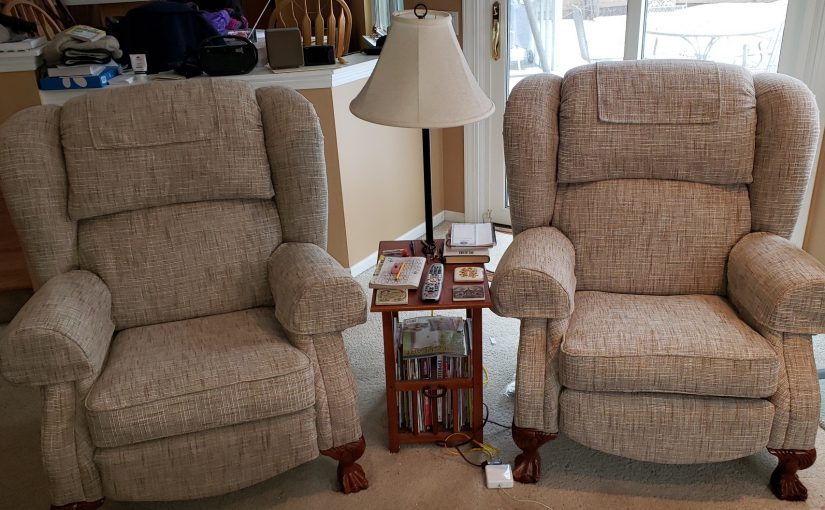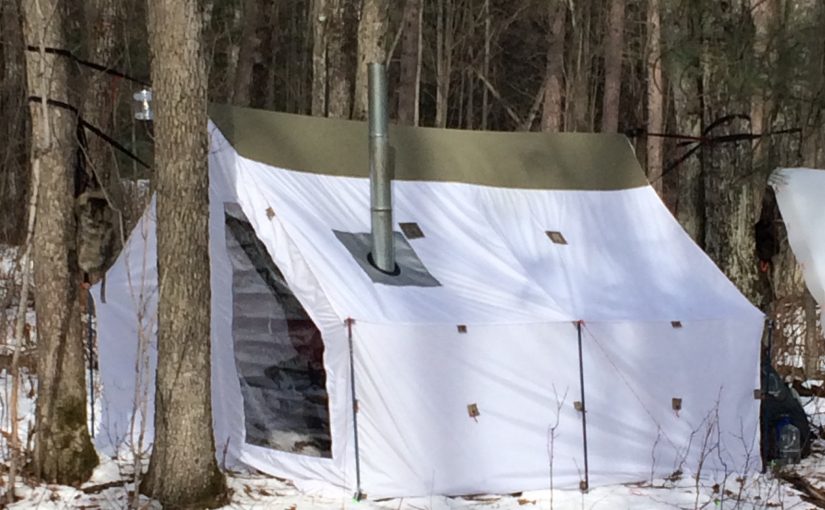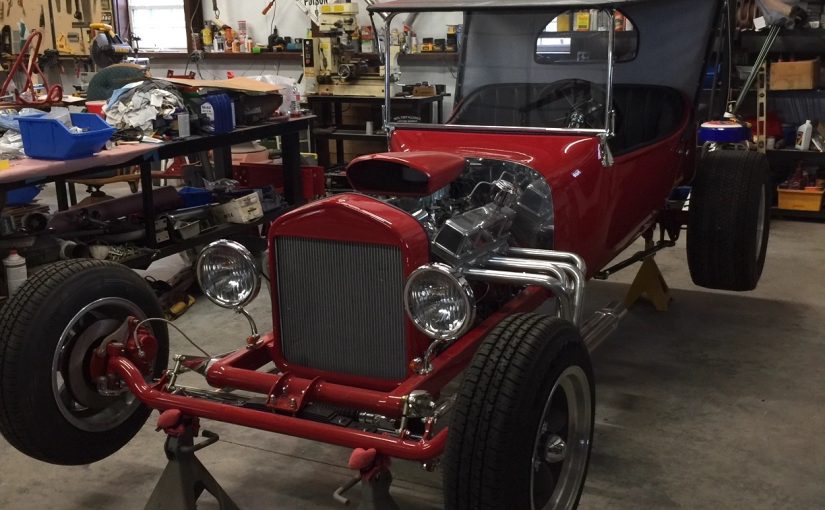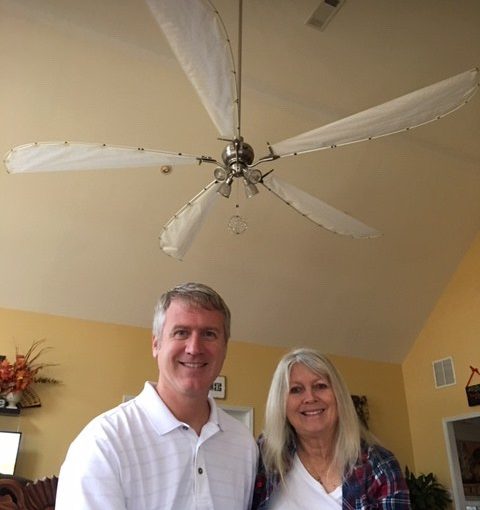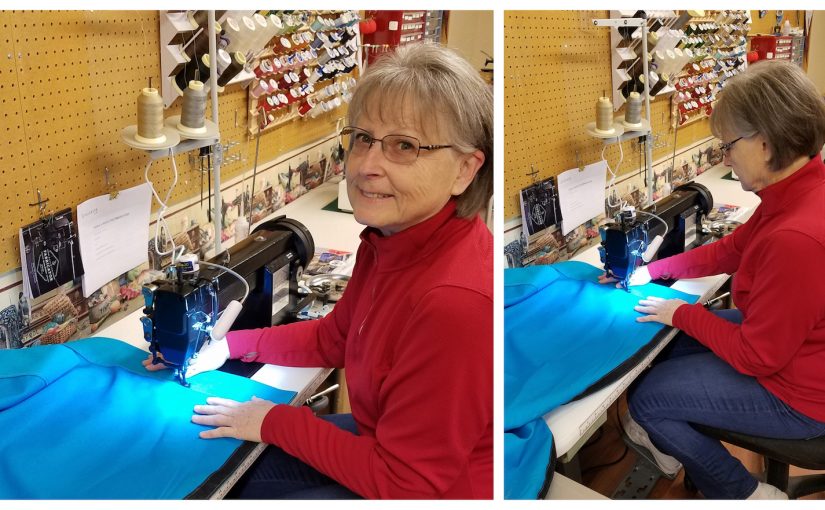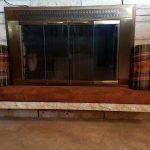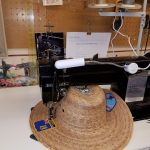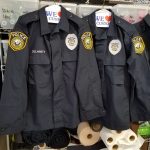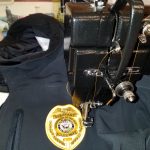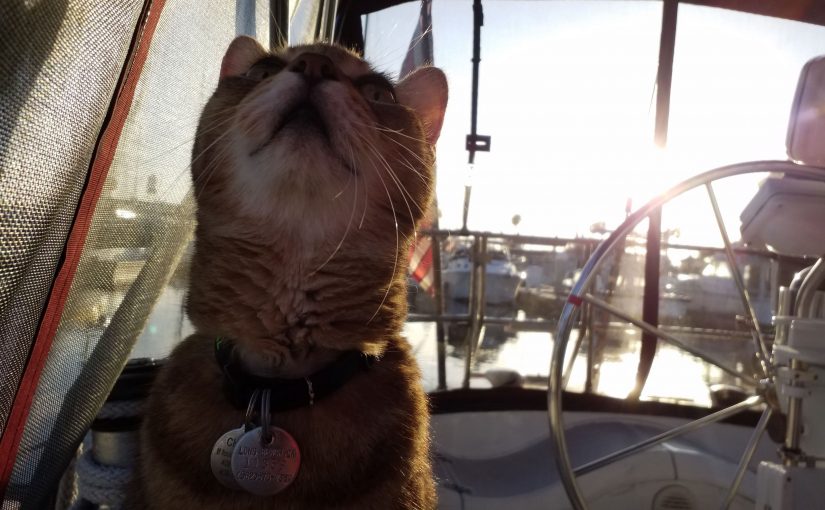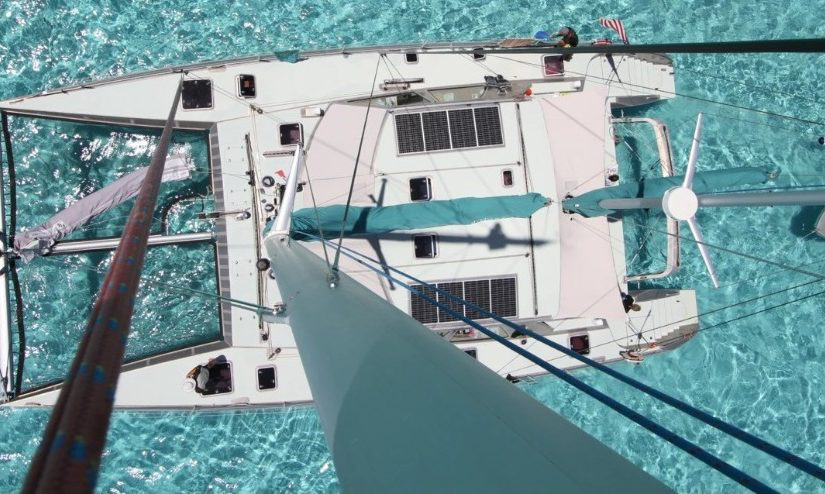When amateur woodworker and DIY enthusiast Bruce Steinert realized his La-Z-Boy® recliners were looking a bit worse for wear, he set out to have them reupholstered. To his shock and disbelief, the lowest quote from an upholstery shop cost almost as much as the original purchase price of the recliners. Being a handyman with a “can do” spirit, he began researching ways he could reupholster the recliners himself. Along the way, he learned a lot about sewing, the upholstery process, and what it takes to tackle a new hobby. He’s shared his story with us.
Over the years, Bruce had completed many woodworking projects, both big and small. He built a workbench and router stand for his workshop as well as smaller home projects and repairs. Two of his most complex and impressive woodworking jobs were for a local church. He built a 12- by 16-foot, 4-foot-high stage that disassembled into 4- by 8-foot sections for storage. He also constructed a 5-foot-diameter oak pulley wheel to restore function to the church’s bell. Other projects, including electrical work, plumbing and window sash replacements, added to his skill set.
Bruce credits his woodworking and other crafting experience for his seamless transition into sewing and upholstery work. Having previous DIY projects under his belt also gave him the confidence to tackle a new hobby. “For most DIY projects, I find there is a stage in the project when you can’t go back and your only choice is to forge ahead to completion. It’s a great confidence builder. Online videos are a great learning tool.”
Prior to his La-Z-Boy upholstery project, Bruce had done some basic sewing. He sewed curtains, baby clothes, and had made clothing repairs. At an estate auction, Bruce and his wife purchased a Morris chair (an early 20th-century version of a recliner) at a great price because it had no cushions. They tried to make do with a purchased cushion, but it wasn’t ideal. The chair was such a great find that they didn’t want to settle for a mediocre store-bought cushion.

So, Bruce set out to sew a custom-made cushion for the Morris chair. While researching how to sew a cushion, he came across Sailrite’s inventory of how-to videos. By watching the Sailrite marine cushion video and applying his pragmatic approach to learning new skills, he was able to create a great looking chair cushion. It was this successful project that convinced Bruce he could handle the recliners. “Making new cushions let me practice with a larger project that needed the fabric pattern to match, new foam and zipper plaques. That gave me the confidence to tackle the recliners.”
In preparation for reupholstering the recliners, Bruce knew he’d need a better sewing machine. His old machine couldn’t handle more than two or three layers of fabric. He needed a sewing machine with more power and slow speed control that could handle thick fabric assemblies. When working on his Morris chair cushion, Bruce had watched many of Sailrite’s free project videos featuring the Ultrafeed®. Watching the Ultrafeed handle the various sewing applications in the videos is what sold Bruce on the machine.
With his new Ultrafeed LSZ at the ready, he again turned to Sailrite’s project videos. He watched the “How to Reupholster a Recliner Chair” video and followed it step by step. “The patterning techniques were all applicable. My process mirrored Cindy’s process in the video.” He made sure to take careful notes during the recliner disassembly process as he knew this would help him smoothly reassemble all the pieces. “When you are about to start removing the fabric, think through how the pieces were probably assembled at the factory since you will want to remove them in reverse order. There were 47 pieces for each of our chairs. Start to finish I completed both chairs in about four weeks but did not work nonstop.”
Not only did Bruce follow Sailrite’s recliner upholstery video, but he also watched the accompanying “How to Make an Upholstery Work Table” video so that he’d have a nice, elevated workstation on which to reupholster his recliners. With his woodworking know-how in his back pocket, Bruce took the Sailrite work table design and improved it by making his table collapsible for convenient storage in his workroom.

“I highly recommend building the stand if you don’t have a suitable work surface,” Bruce advised. “My workshop is fairly small and storing the stand was going to take up a lot of space. It needed it to be compact, yet easily reassembled.” Bruce modified his work table to make the legs detachable. The legs, trunk liner fabric and a bag of various hardware pieces are stored inside the collapsed table. The top and bottom of the table latch together for a secure hold. “From the original 9 square feet of floor space occupied, it’s now less than 3 feet.”
Now that Bruce has successfully reupholstered his recliners with his new Ultrafeed, he’s also used the machine to repair a tear in his computer bag. He used Sailrite’s video on how to repair a tear in a sail and adapted the technique. On the same bag, he replaced the worn out faux leather handle with real leather, also using his Ultrafeed. “It is a very well made product and simple to operate. It makes sewing truly a joy.”
One thing he learned along the way during his sewing DIY was to take it one step at a time. “Don’t let the scale of a project dissuade you from giving it a try. Reupholstering a chair is just a lot of little projects done in a sequence. Tackling these projects not only gives a great sense of accomplishment but is also a wonderful stress reliever. Put down the phone, turn off the TV and get started.”

What’s next for Bruce? He doesn’t have any future sewing projects planned, but as he put it, “one never knows what might happen along. Long term, I have a desire to restore classic cars in my retirement. I’m sure there will be opportunities to upholster and make door panels for those. Who can say, maybe there is a second career out there for me.”
Who We Are
Sailrite is your one-stop DIY shop! We are a passionate crew of do-it-yourselfers who strive to equip you with the supplies and how-to knowledge you need to tackle your next project. Do you want to learn upholstery, leatherwork, canvaswork, hobby sewing, bag making or more? We have the fabric, tools, hardware, sewing machines and notions you need to master any DIY. And even if you’ve never sewn before, our tutorials and how-to videos are designed for beginners and experienced crafters alike.
Start your DIY journey today: www.sailrite.com

